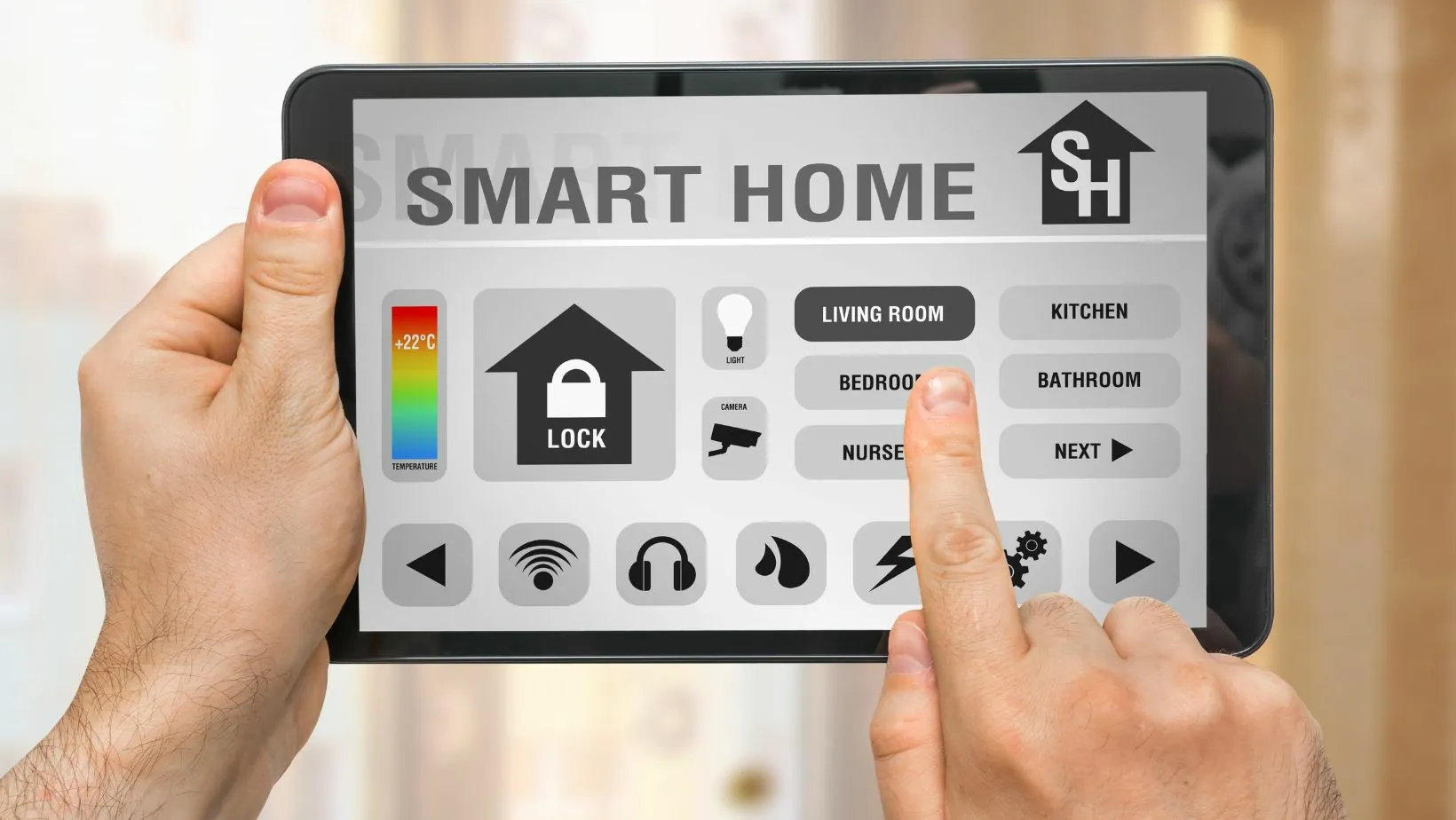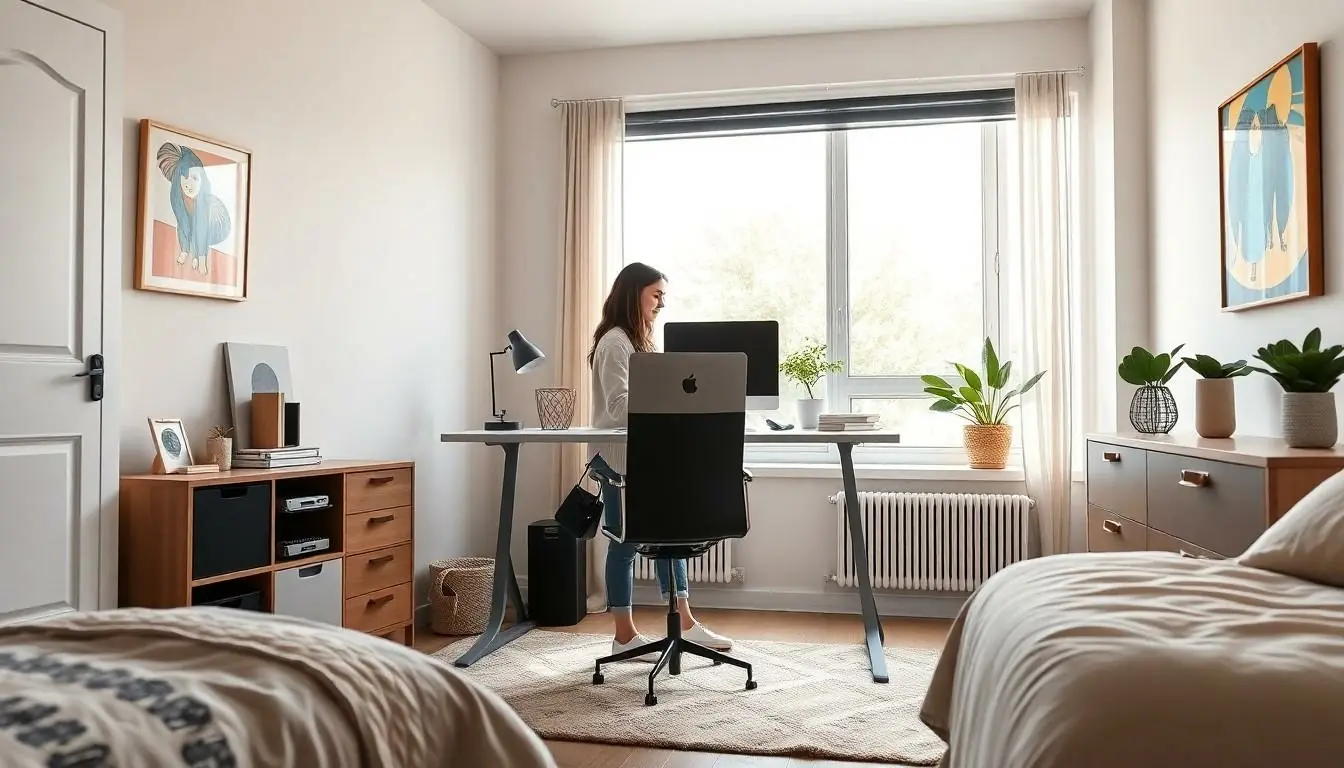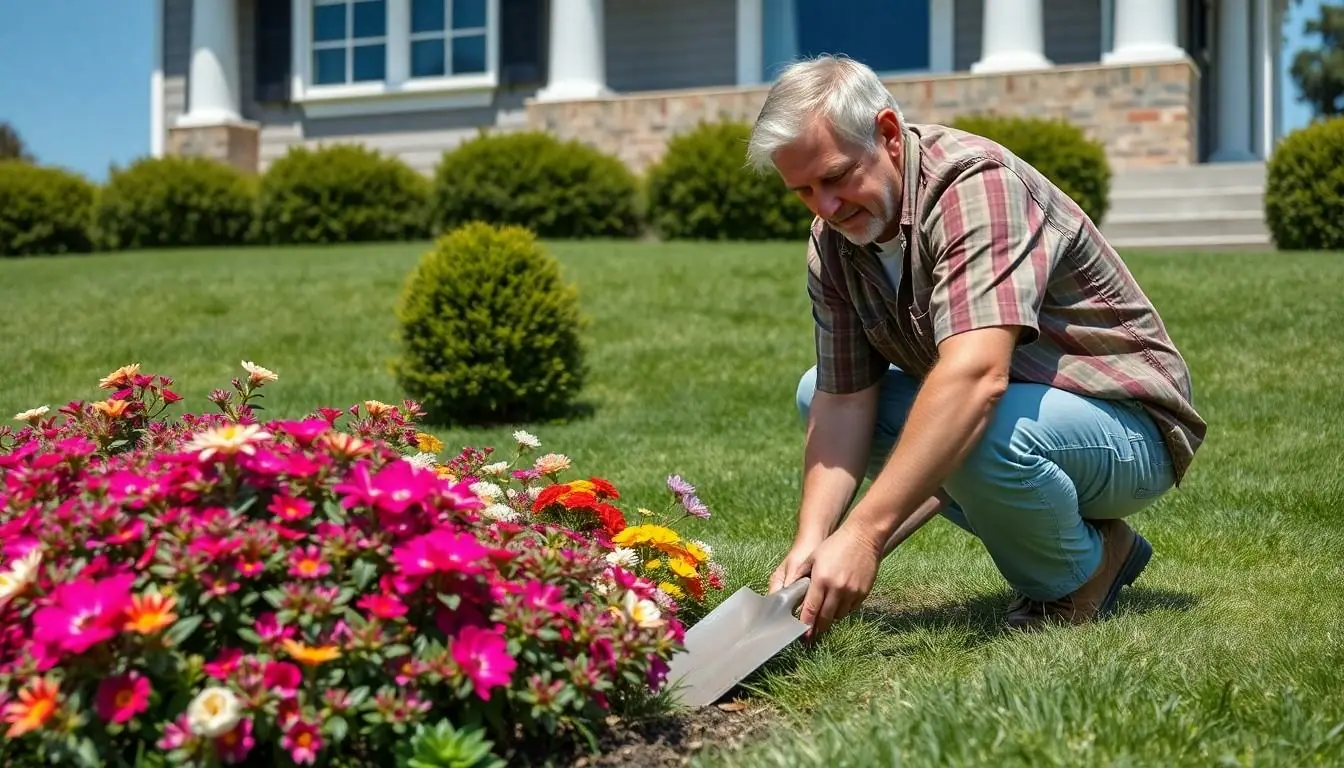Let’s be real for a second. Is your “smart home” actually smart, or is it just a collection of chaotic gadgets that secretly resent each other? If you’re anything like me, you’ve experienced it: asking your speaker to play a relaxing song and getting death metal, finding your thermostat has declared a tropical climate in the middle of winter, or being woken up by your lights throwing a surprise rave at 3 AM. It often feels less like the futuristic dream of The Jetsons and more like you’re living with a moody digital Frankenstein’s monster.
But what if we’ve been going about this all wrong? What if the future isn’t about cramming more tech into our homes, but about designing the house to be intelligent from the moment the first nail is hammered?
The next leap in how we live is all about building homes that are smart from their very foundations. We’re talking about a shift from clunky devices to a living space that just gets you.
Table of Contents
ToggleNo More Awkward Tech Family Reunions
Think about your smart devices right now. They’re like distant cousins forced to sit at the same table during a holiday dinner—they’re technically related, but they aren’t talking. The home of the future will fix this by being built with a unified “nervous system” from day one.
Imagine a house where a powerful data network is just as standard as the plumbing. This isn’t just about finally getting a perfect Wi Fi signal in that one dead spot in your bedroom. It means your window shades can have a chat with your thermostat to keep the house cool, saving you a nice chunk of change on your energy bill without you doing a thing. Your security system won’t just be a camera on the porch; it’ll be connected to every window, lock, and light. As many in the design world, like those featured in Architectural Digest, are pointing out, this creates a home that acts like a single, living organism, not just a box full of bickering gadgets.
When Your Walls Start Thinking for Themselves
Why are our building materials so… passive? Future homes will use “smart materials” that do more than just stand there. We’re already seeing the start of this with fancy glass that can tint itself to block out the sun. Basically, sunglasses for your entire house.
But it gets even cooler. Picture paint that can change its properties to soak up heat in the winter and reflect it in the summer. Or concrete that has tiny sensors inside it, monitoring its own health and shooting you a text if it detects a problem. The house itself starts to take an active role in keeping itself—and you—safe and comfortable.
A Home That Actually Listens (Without the Judgment)
When your home is this connected, you can finally say goodbye to juggling ten different apps. The main way you’ll interact with your house will be the one that’s most natural: your voice. But I’m not talking about the stiff, robotic assistants we have today.
We’ve all had a laugh at the tecnalojia meme, which perfectly captures how we sometimes over engineer simple things into a digital mess. The whole point of future home design is to do the complete opposite—to make the tech feel totally invisible. It’s such a funny and relatable feeling that you could probably create your own meme about that one smart plug that has a personal vendetta against you. The future home won’t need to be told twice; it’ll just understand.
Instead of just following commands, it’ll get the context. You could slump through the door and sigh, “Ugh, what a day,” and the house could respond by gently dimming the lights, putting on your favorite chill out playlist, and asking if you’d like it to preheat the oven. This is what turns a house from a simple tool into a genuine partner in your life.
A Home That Knows You (Maybe a Little Too Well)
When you mix a built in nervous system with an AI that really gets you, the result is a home that doesn’t just react, but predicts. It learns your rhythms and starts to sort things out for you before you even think to ask.
The bathroom floor warms up just before your alarm goes off. The coffee maker starts brewing the second you step out of the shower. Your home might even suggest a recipe for dinner based on what’s in the fridge and your health goals. It’s the kind of personal assistant we’ve all dreamed of—hopefully without the silent judgment when it sees you reaching for that second pint of ice cream.
The truly smart home isn’t some far off sci-fi fantasy. Its blueprint is being drawn today, built not just with wood and concrete, but with data, intuition, and a genuine understanding of the people inside. It’s a move away from managing our technology and toward a future where our homes quietly manage themselves, freeing us up to focus on what really matters. This isn’t about making us lazier; it’s about making our lives simpler and our environments more responsive, supportive, and, ultimately, more human.







